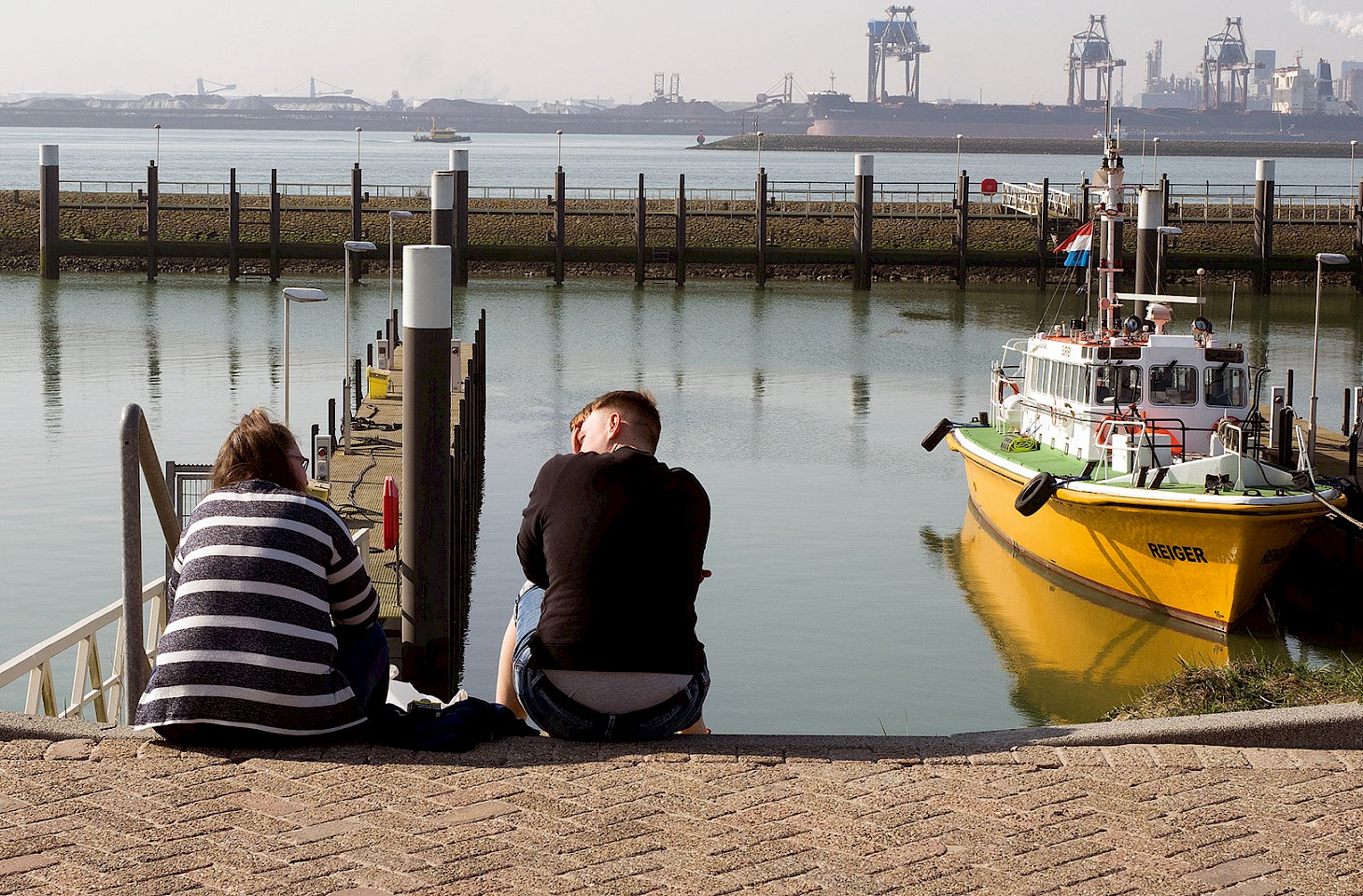The villages of Lonjsko polje — Cigoc, Krapje, Lonja and others — stretch along the left bank of the Sava as it sweeps east towards its distant rendezvous with the Danube below the fortress of Kalemegdan in Belgrade. A narrow winding road separates the river from the neat rows of wooden houses, some of them over two hundred years old and representative of a style of architecture now lost in much of Croatia.
Occasionally an oxbow lake, long severed from the river’s course and now a place of motionless reed beds and chirping frogs, makes the road swing away from the river briefly, before inevitably drifting back to follow its course again. Livestock can be glimpsed in fields and among the wooden barns and other outbuildings, including the narrow, open-air feed stores, filled with multicoloured cobs of corn. Tall crops of corn stand yellowing in the alluvial rich soil of the surrounding fields, and sunflowers, blackened at the end of the season, hang their charred heads. Passing through Kratecko, a slash in the riverbank leads down to a traditional ferry, which drifts over to the opposite shore, providing the only crossing point along this stretch of the Sava between Sisak, to the northwest, and Jasenovac, far away to the south-east on Croatia’s border with Bosnia.
Lonjsko polje
Lonjsko polje constitutes the largest wetland area in Croatia, and is protected as a nature park (park prirode) as well as being inscribed on the Ramsar list of wetlands of international importance. Covering an area of more than fifty thousand hectares, this vast flood plain is home to numerous species of plants, birds and animals, and is the site of Croatia’s first ornithological reserve, created at Krapje Dol in 1963.
The wooden houses in the villages along this stretch of the Sava are built at right angles to the river, stretching back much further than their narrow facades would initially suggest. The corners clearly show the distinctive traditional joinery, the horizontal planks meeting in something which looks rather like a large dove-tail — or a vuglec, to give it its proper name. The earlier houses actually originally had square joints — and if the houses’ regular plank construction looks rather like they could all just be packed down and reassembled, that’s because they actually were. Families would simply disassemble their home and move it according to the whims of the river Sava, which like all rivers had a habit of flooding dramatically or gradually changing its course.
The houses were made by locals rather than trained builders or craftsmen (though they are nevertheless beautifully made), and the more simple joinery also reflects this. The roofs were originally thatched, but this was later replaced by tiles, and the more simple joins (Hrvatski vuglec) superseded by the more complex (and more permanent) dovetail variety (Njemški vuglec) — the latter through the influence of more highly skilled German craftsmen.



